Why diamonds aren't forever!
Last updated on: July 18, 2011 13:51 IST
Image: Diamonds.
Diamonds aren't forever. Yes, the Earth's hardest naturally occurring material can evaporate when exposed to intense ultraviolet rays, a new study reveals.
Researchers, led by Macquarie University, have shown that diamonds, the Earth's hardest naturally occurring material, evaporate under exposure to light, the Optical Materials Express journal reported.
Why diamonds aren't forever!
Image: Diamonds.
"Although this type of light-induced evaporation has been observed in some materials, this is the first time it's been shown to occur for diamond," Prof Richard Mildren, who led the research team, said.
In the research, the diamonds were exposed to intense light pulses in the UV-C band (the harsh ultraviolet rays filtered out by the ozone layer), and small pits in the diamond surface were visible after only a few seconds.
Why diamonds aren't forever!
Image: Diamonds.
The rate of mass loss in the diamond fell notably for lower light levels but the etching process still continued -- albeit at a slower and slower pace, Prof Mildren said.
But diamond lovers, there's no need to panic.
The researchers have found that the rate of evaporation is very small and not noticeable under normal conditions.
Why diamonds aren't forever!
Image: Diamonds.
In fact, even under very bright UV conditions, such as intense sunlight or under a UV tanning lamp, it would take approximately the age of the universe -- some 10 billion years -- to see an observable distance, he said.
The findings not only provide clues about the long-term stability of diamonds, but also have broad implications for future research.
Why diamonds aren't forever!
Image: Mumbai.
"It's a very practical discovery and we are now looking at how we can exploit this. If we can make structures in the diamonds that enable us to control the position of the light within a very narrow filament in the diamond, that's the first step to making smaller and efficient optical devices as those used in quantum computing and high performance lasers.
"The discovery may also have implications as far reaching as the prospects for finding diamonds on the surface of other planets," Prof Mildren said.
© Copyright 2024 PTI. All rights reserved. Republication or redistribution of PTI content, including by framing or similar means, is expressly prohibited without the prior written consent.

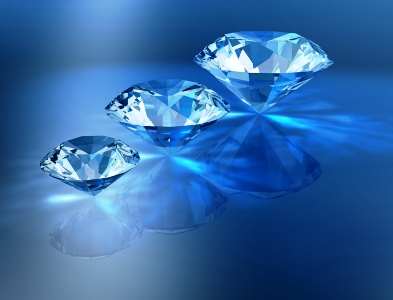
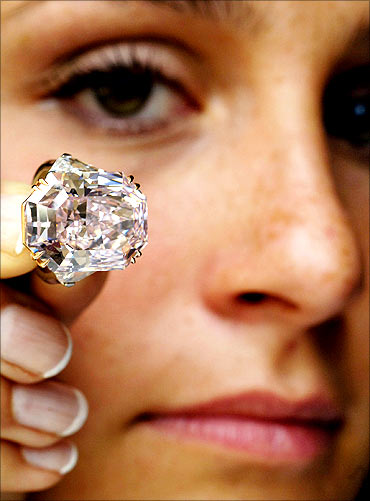
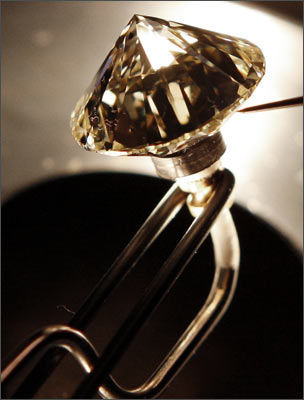
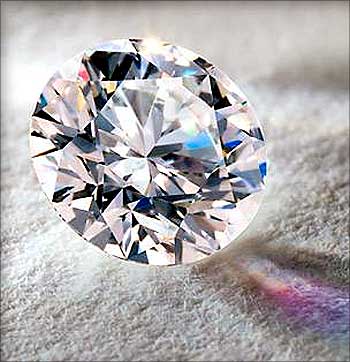
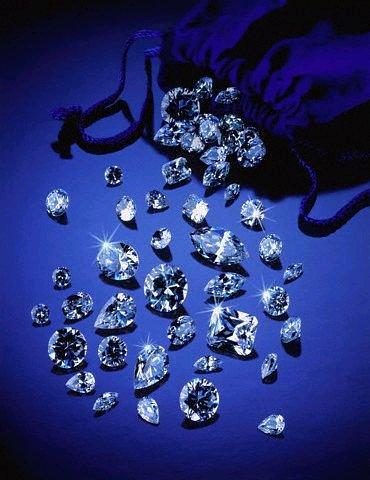
article